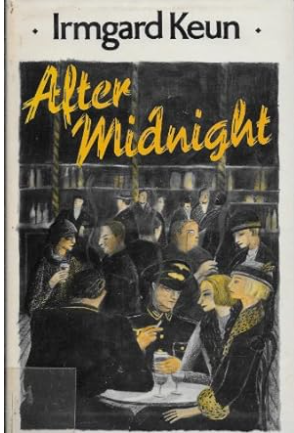Elizabeth Cook - Achilles: A Novel.
Elizabeth Cook. Achilles: A Novel. (United Kingdom: Methuen, 2001).
The text is a rewriting of the Iliad, playing with form and topography, with the use of italics, and double underlining. It is well written.
Chiron advises Peleus how to mate with Thetis, the sea nymph. I was struck by the description of how she turns to fire, then water, then a lion, then snake, then cuttlefish, releasing sticky black ink, then a woman.
Achilles has the red hair of a fox. He is taught by Chiron, then sent to live as a girl, Pyrrha, among girls. He mates with Deidamia and impregnates her. Odysseus finds him with a trick and takes him to Troy. Cleverly, Athene is described as the ‘grey-eyed brainchild’ of Zeus (p. 36). Her image of Briseis is vivid: ‘She creeps around like an unowned kitten, fending for herself as best she can" (p. 41). I noted the description of the wailing of Thetis and the sea nymphs, which references her sisters, and those nine daughters of Zeus and Mnemosyne, the Muses.
Helen is presented as a child, alone in one egg, while her siblings are in another egg. Theseus rapes her at ten, the first of a series of men trying to mark her. Helen says, aptly: ‘I am the loneliest person on earth’ (p.73). This relates to Helen calling the names of the Greek men inside the Trojan horse. ‘She has guessed its secret. Senses that it is full and waiting to hatch’ (p. 75). ‘She had whispered like this in the egg to her brothers. They had not answered either (p. 76).
There are various examples of the idea of passing things along through generations like a relay: the relics of a saint, Chinese whispers, a fire, a baton. These are passed along like stories are passed along.
The novella ends with Keats, which is a bold leap, connecting the red hair of Achilles with the red hair of Keats.



Comments
Post a Comment